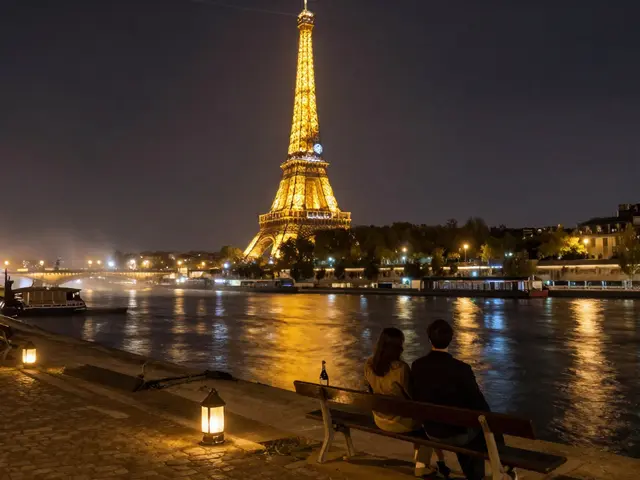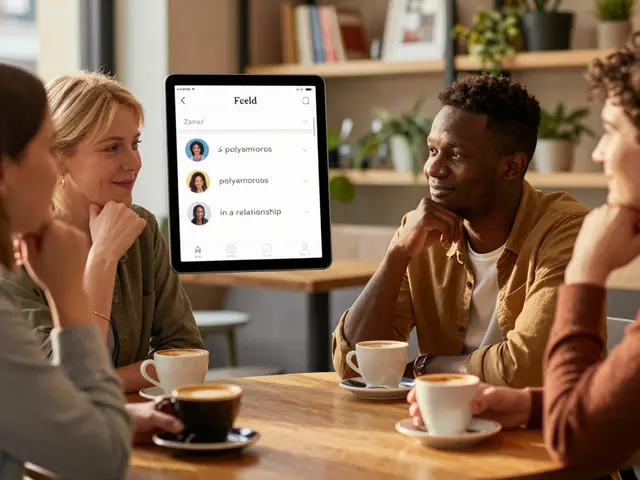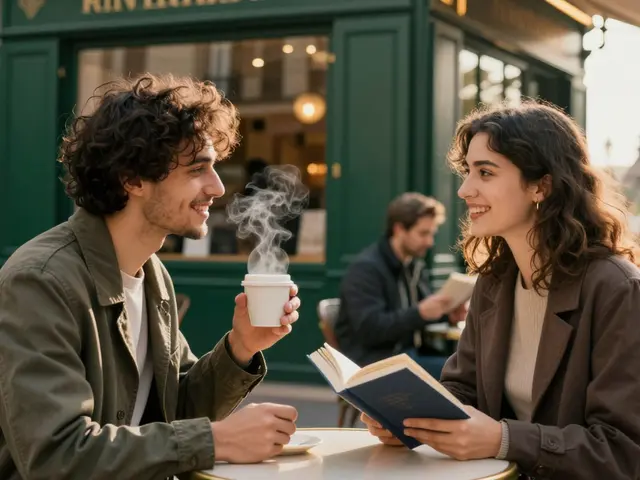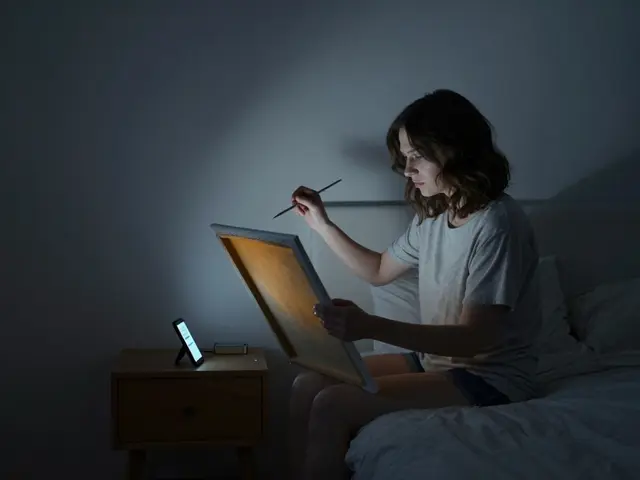Cinematography in Paris – Real‑World Tips for Filmmakers
Paris isn’t just a postcard; it’s a living set that can make any video feel cinematic. Whether you’re planning a short clip, a music video, or a feature scene, the city offers bright boulevards, low‑lit alleys, and iconic rooftops. Below are the must‑know basics that will help you move from idea to finished footage without wasting time.
Know the Hotspots and the Hidden Ones
First, list the places that match your story. The Eiffel Tower, Montmartre stairs, and the Seine bridges are obvious choices, but they’re also crowded and heavily regulated. For a quieter vibe, scout spots like Rue Cremieux (colorful houses), the covered passages near the Grands Boulevards, or the early‑morning courtyard of the Palais Royal. These locations give you that Paris feel without the tourist rush.
When you walk the street, keep a notebook or phone app for quick notes. Jot down the direction of light at different times, any audible traffic, and nearby cafés that could serve as break spots for crew. A quick 10‑minute walk can reveal a perfect doorway or a hidden staircase that will become the centerpiece of your shot.
Gear Up Smartly for City Shooting
Paris streets are narrow, and you’ll often be squeezing between pedestrians. A lightweight mirrorless camera with a fast prime lens (35mm or 50mm f/1.8) gives you flexibility and low‑light performance. Bring a compact gimbal or a small stabilizer—carrying a bulky rig will slow you down and attract unwanted attention.
Don’t forget a small portable LED panel. Many classic locations have ambient street lighting, but a little fill light can keep your colors consistent. A set of ND filters is also handy for shooting in bright daylight while maintaining a shallow depth of field.
Sound is another ticket you shouldn’t ignore. Wind on the Seine or traffic near the Champs‑Élysées can ruin audio. Use a directional shotgun mic with a furry windscreen and always record a backup audio track on a separate recorder.
Permits, People, and Practicalities
For public places like the Louvre courtyard or any metro station, you’ll need a filming permit from the Paris City Hall (Mairie de Paris). The process is quicker if you apply online and provide a brief synopsis, crew list, and equipment details. Expect a small fee, but the paperwork usually takes a few days.
If you’re shooting in a café or private venue, ask the owner directly. Many cafés love the exposure and will let you film for free or a modest tip, especially if you credit them in the final video.
Always be courteous to locals. A quick “Excuse me, I’m filming a short scene, can I use this spot for a few minutes?” goes a long way. Most Parisians understand the creative process and will cooperate if you’re respectful.
Finally, plan your schedule around the golden hours—early morning and just after sunset. The light on the Seine at sunrise is soft and golden, while the blue hour after sunset adds a cinematic glow to the skyline. Check the weather forecast and have a backup indoor location in case of rain.
With these tips, you can capture Paris’s magic without getting stuck in traffic or tangled in bureaucracy. Pack light, stay flexible, and let the city itself become a character in your story.
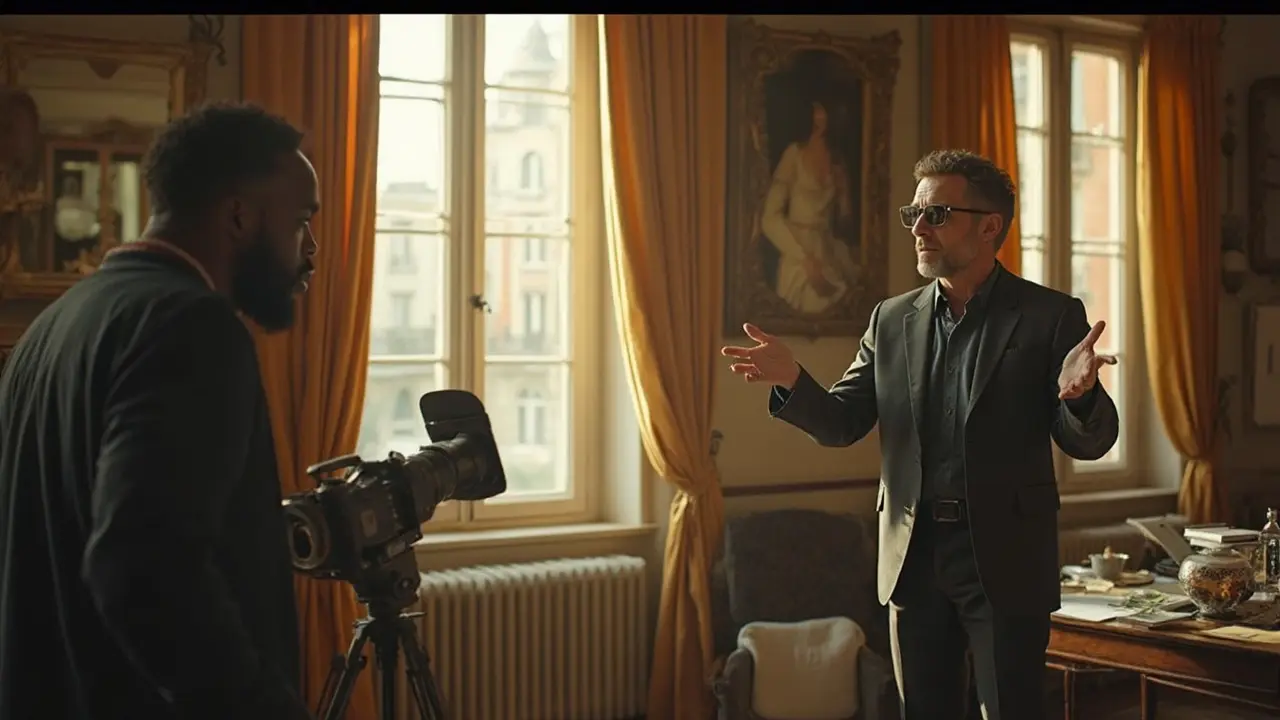
French Touch in Greg Centauro’s Work: What Sets Him Apart
Take a closer look at how Greg Centauro carved out a unique space in the adult film world with his signature French style. This article breaks down what made his directing and visual approach instantly recognizable. It touches on his influences, storytelling choices, and how he embraced both tradition and innovation. Expect honest insights, practical tips for spotting his 'French Touch,' and a few surprising facts about his process. It’ll give you a clear view of why Centauro’s work keeps popping up in discussions about impactful adult cinema.
read more

